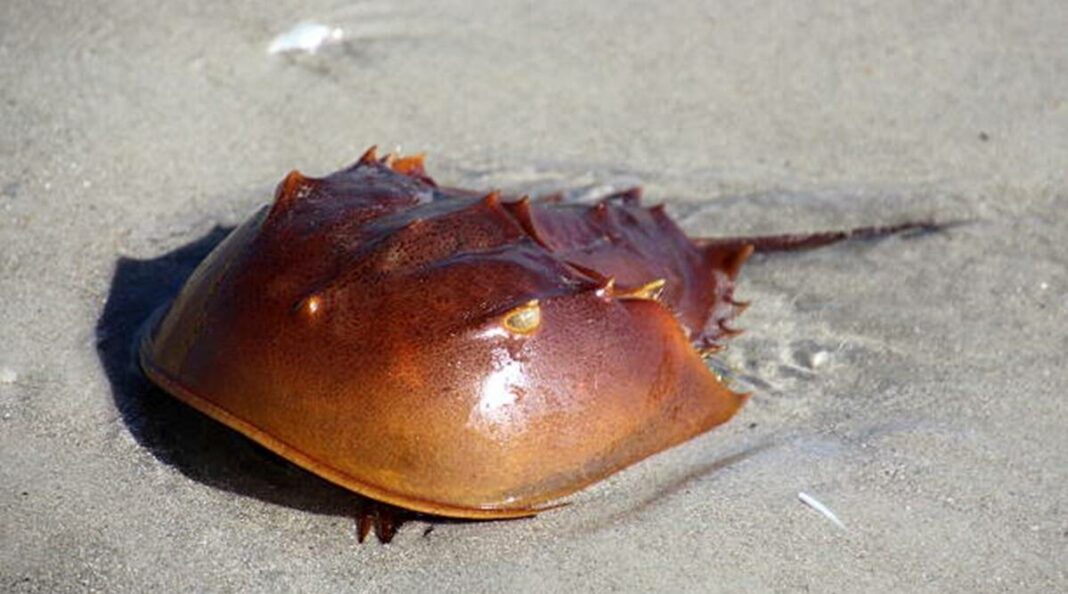On the beaches of West Bengal and the Sundarban mangroves, you can spot one of the living fossils of the world – the lowly horseshoe crab. They have survived all five mass extinctions and have remained unchanged for millions of years.
Out of the four species of horseshoe crabs in the world, two are found in India and the recent Amphan and Yash cyclones have taken a toll on their habitats. Forest officials and researchers from the Indian Institute of Science Education and Research (IISER) Kolkata are now working with local fishermen and communities to help save the threatened species.
“Horseshoe crabs are listed under Schedule IV of India’s Wildlife Protection Act, 1972, but our lack of knowledge of these species impairs implementation of legal tools in Sundarbans. They are excellent sentinel animals which means they can act as indicators to monitor the health of an ecosystem and study the effects of climate change,” explains Prof. Punyasloke Bhadury from IISER, Kolkata.
“The Indian horseshoe crabs (Tachypleus gigas) that come to the shore to breed and the mangrove horseshoe crabs (Carcinoscorpius rotundicauda) which feed in and around the mangrove areas were affected during the cyclone,” Prof. Bhadury added.
Prof. Bhadury’s team has organised awareness camps to teach the local fisherman about the ecological importance of horseshoe crabs and how to save them when stuck in nets. He adds that ‘ghost nets’ or abandoned broken pieces of fishing nets have become a deathtrap for these crabs. “Usually fishermen inform us when they see injured carbs. We take them to the IISER Kolkata laboratory, give the required treatment before releasing them again.” The team has also saved gravid female crabs or egg-carrying ones, reared them in the lab, and released them back.
Anwesha Ghosh of IISER Kolkata, who is part of the team, said: “Horseshoe crabs are slow-moving animals and when cyclones alter the environment and change the nutrient pool, their diet is affected. There are also threats from water pollution and pathogens.” She is working with fisherwomen in the Sundarban area so that wildlife officials are informed immediately when an injured carb is spotted. “Our aim is to save as many as possible through rehabilitation measures.”
Though the rate of poaching of horseshoe crabs has come down, there are isolated incidents, says Prof. Bhadury. They are a delicacy in many countries in East Asia and are illegally transported through Bangladesh.
“Now with Covid-19 vaccines needing horseshoe crab’s blood for testing, their poaching might increase. We need to establish ‘Ecologically Sensitive Areas’ with Sundarbans framework to protect horseshoe crab and also the home for many other charismatic species including the Gangetic Dolphins,” he adds.
